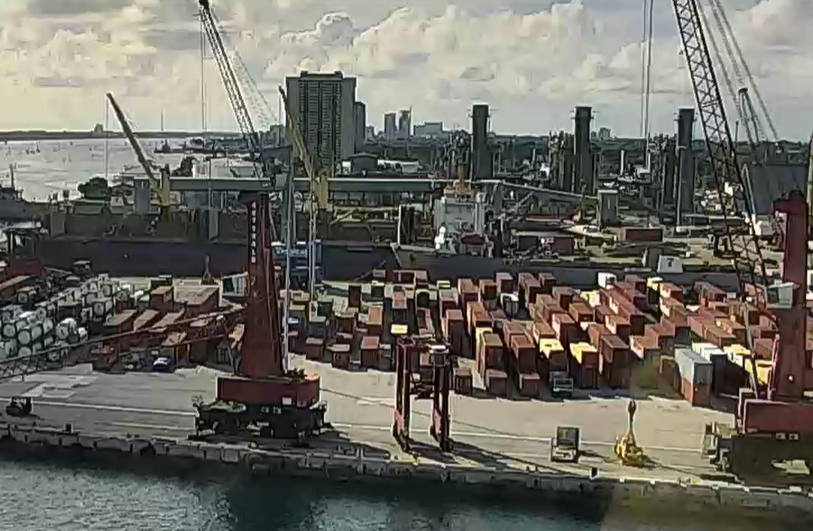Editorial: Without seat on port board, town must be vigilant

It would have been nice.
The Port of Palm Beach filled a vacancy on its board during a special meeting Dec. 30 not with former Mayor Gail Coniglio but with attorney Varisa Lall Dass. Ms. Dass received eight votes in a tiered-voting system, while Mrs. Coniglio gained six votes.
Ms. Dass was originally elected Dec. 15, but Commissioner Joseph Anderson failed to follow the established protocol that called for commissioners to rank their selections. Instead of ranking three candidates with scores of three (the highest amount possible), two or one, he opted only to give three points to Ms. Dass at that meeting.
Afterward, critics and Commissioner Jean Enright urged the board to start the process again in an effort to quell any concerns. Initially, nine candidates asked to be considered to fill the vacancy, but that pool of hopefuls was whittled down when former Port Commissioner Peyton McArthur, who received six votes Dec. 15, withdrew his name from consideration.
This is not to say that Ms. Dass, who lost the Democratic Group 5 primary to eventual office-holder Deandre Poole, is not qualified to fill the remainder of Katherine Waldron’s term, which is set to expire in January 2025. The new commissioner has served on a number of port committees and received about 12,000 votes in the primary. (Ms. Waldron was elected to the state House of Representatives.)
But it would have been nice to have a Palm Beach representative on that board again. The late George Mastics served on the port board, including six as chairman, for 20 years. He kept the interests of the island in mind during his long tenure.
Palm Beachers always have kept a wary eye on the port, but that is especially true today because it is considering expansion. Though work has been halted on the proposed 20-year master plan — which calls for widening and deepening the Palm Beach Inlet as well as adding distribution warehouses and improving its rail network — the project is not dead.
With its location right across the Intracoastal Waterway, the port is the proverbial and literal elephant in the room for Palm Beachers. Not only is it big — the Port District covers a land area of 971 square miles, or approximately 50% of the county — but it is also one of the larger employers in Palm Beach County, with a workforce of more than 3,500 people; contributes $260 million in business revenue; and more than $14 billion worth of commodities move through it. As such, it boasts a lot of political muscle in this county.
Palm Beach leaders are vehemently against the proposed master plan, which, if carried out, could increase the cargo tonnage running through the port to 4.5 million a year by 2042, a 69% increase over the current figure. To do that, channels would need to be deepened and widened to allow cargo ships with deeper drafts to come and go.
Adding that on top of the improvements the port has made over the last 20 years (such as a $30 million “Skypass” bridge, a $15 million cruise terminal and a $15 million maritime office complex), it's no wonder that residents, especially those in the North End, are leery of the port.
To have a Palm Beacher, especially one as accomplished as former Mayor Coniglio, on the board would have been a major benefit to the island. With that in mind, we hope that residents who are interested in the port consider a run for the board in the next election cycle.
Until that time, the town must continue to keep a close eye on this elephant.
This article originally appeared on Palm Beach Daily News: Editorial: Town must keep eyes on port, having no seat on its board

